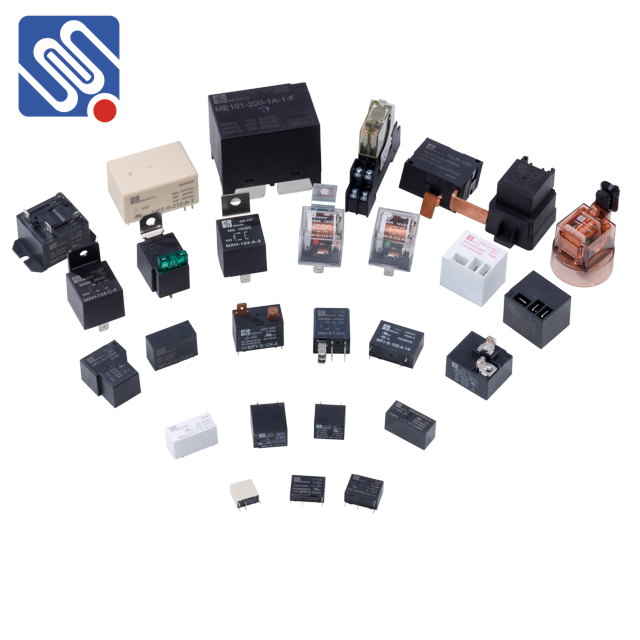Relays are essential components in electrical and electronic systems, serving as electrically operated switches that control circuits with a small input signal. These devices can be classified into various types based on their working principle, application, and construction. Understanding the different types of relays is crucial for selecting the right relay for specific purposes in automation, control systems, and safety applications. This article will explore the main relay types, their functions, and applications.

1. Electromechanical Relays (EMR) Electromechanical relays are the most common and traditional type of relay. These relays consist of an electromagnetic coil, which, when energized, generates a magnetic field to operate a set of contacts. When the coil is energized, it pulls the armature, causing the contacts to either close or open, depending on the relay’s configuration. These relays are versatile and available in various configurations, such as Single Pole Single Throw (SPST), Single Pole Double Throw (SPDT), and Double Pole Double Throw (DPDT). Electromechanical relays are widely used in industrial automation, home appliances, and automotive applications due to their simplicity, reliability, and cost-effectiveness. However, they do have limitations, such as slower switching times and mechanical wear over time.